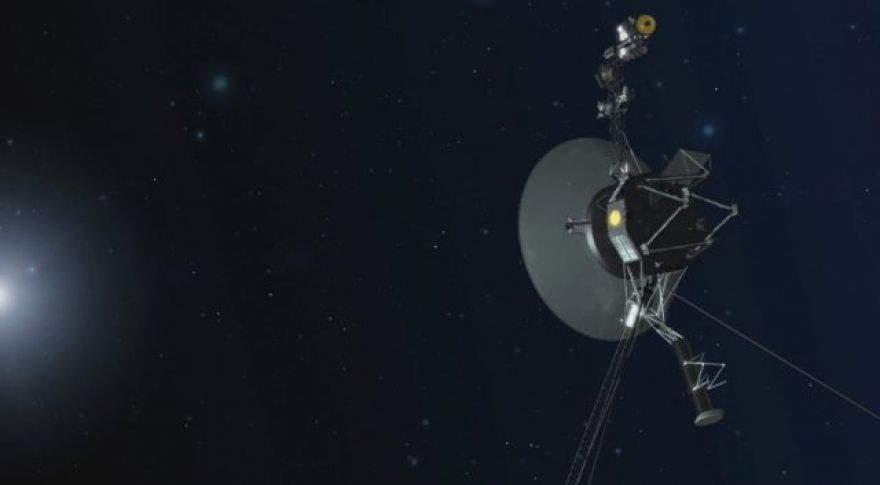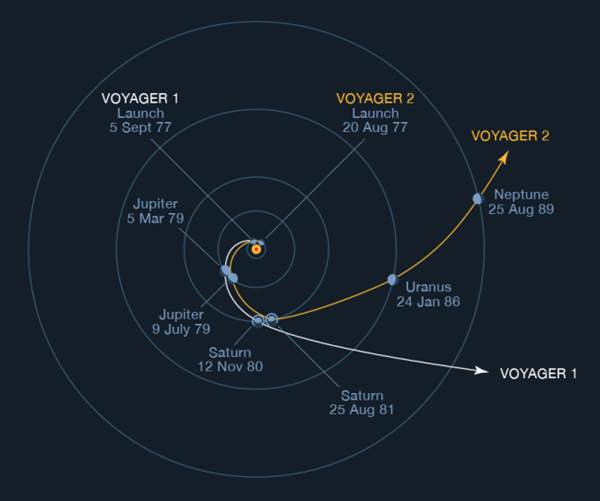
NASA Investigating Voyager 1 Corrupted Telemetry Data
NASA launched Voyager 1 and 2 in 1977 on a mission to explore the outer solar system. The mission has run much longer than anyone expected, but 45 years is a long time for a piece of hardware exposed to the harsh environment of deep space. Therefore, it’s not a big surprise that NASA is reporting that Voyager 1 . Engineers are investigating, but all science operations are still ongoing, at least for now.
Voyager 1 was actually launched a few months after Voyager 2, which leveraged a rare alignment of the outer planets to execute the “Grand Tour,” visiting Jupiter, Saturn, Uranus, and Neptune.
This system is responsible for making sure the probe’s high-gain antenna remains locked on Earth, so it’s vital to the continued operation of Voyager 1. says the AACS has started returning invalid data that might be completely random as it reports impossible states for the AACS. Oddly, the probe’s science instruments are still online, and the data streaming back over the tenuous signal appears to be valid.

Voyager 1 is equipped with a fail safe mode that kicks in to maintain basic functionality in the event of a system failure, but that has not been triggered. The spacecraft’s communication signal is also as strong as ever. The team is currently conducting an investigation to determine if the fault lies with AACS itself or another system involved in producing and relaying telemetry data to AACS. Until they make that determination, it’s impossible to know how this will affect Voyager 1.
There’s a great deal we don’t know about space outside of the solar system. Voyager 1 was the first to offer any direct observations of interstellar space just a few years ago. It’s possible this high-radiation environment poses unique challenges that could affect Voyager’s systems, and there may not be a solution. As long as the spacecraft continues beaming back data, the team could simply adapt to the new reality. However, losing AACS data could make it much harder to troubleshoot future issues. If Voyager 1 can come through this okay, it should continue to operate for a few more years until its radioisotope thermoelectric generators no longer produce enough power, which is expected to happen around 2025.
Now Read: